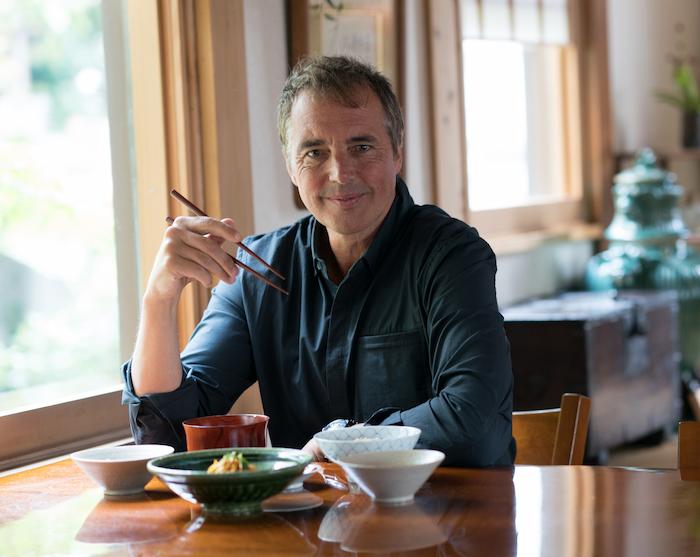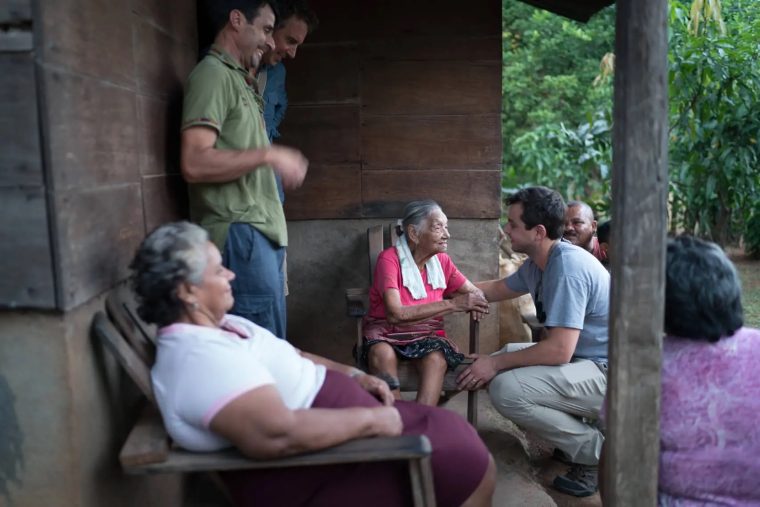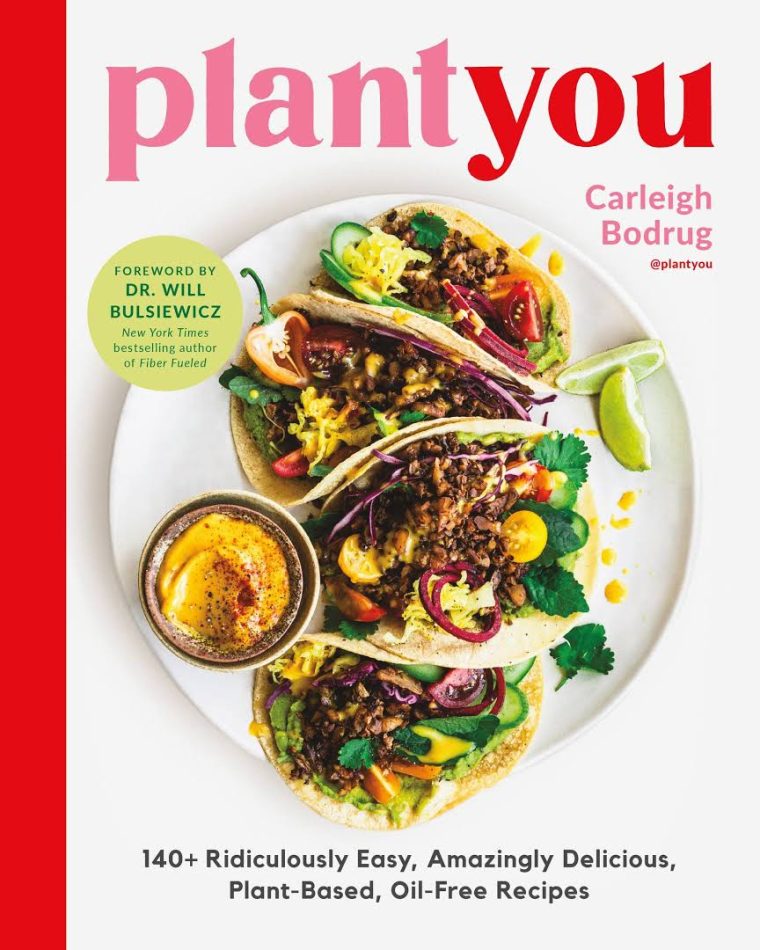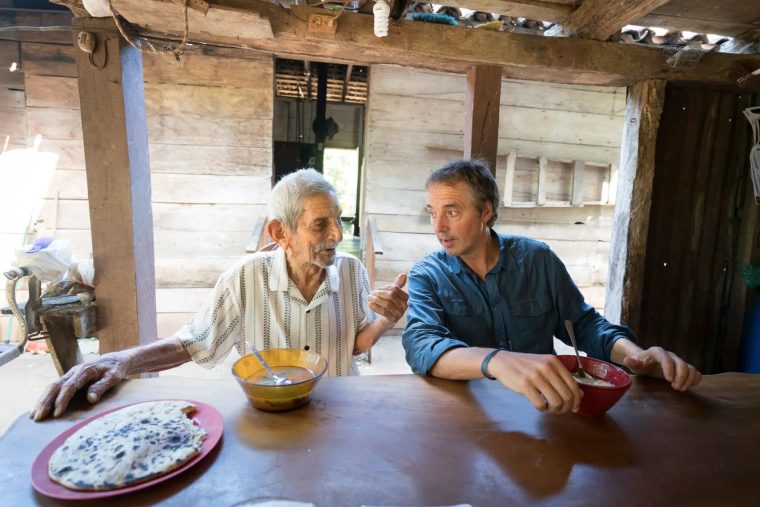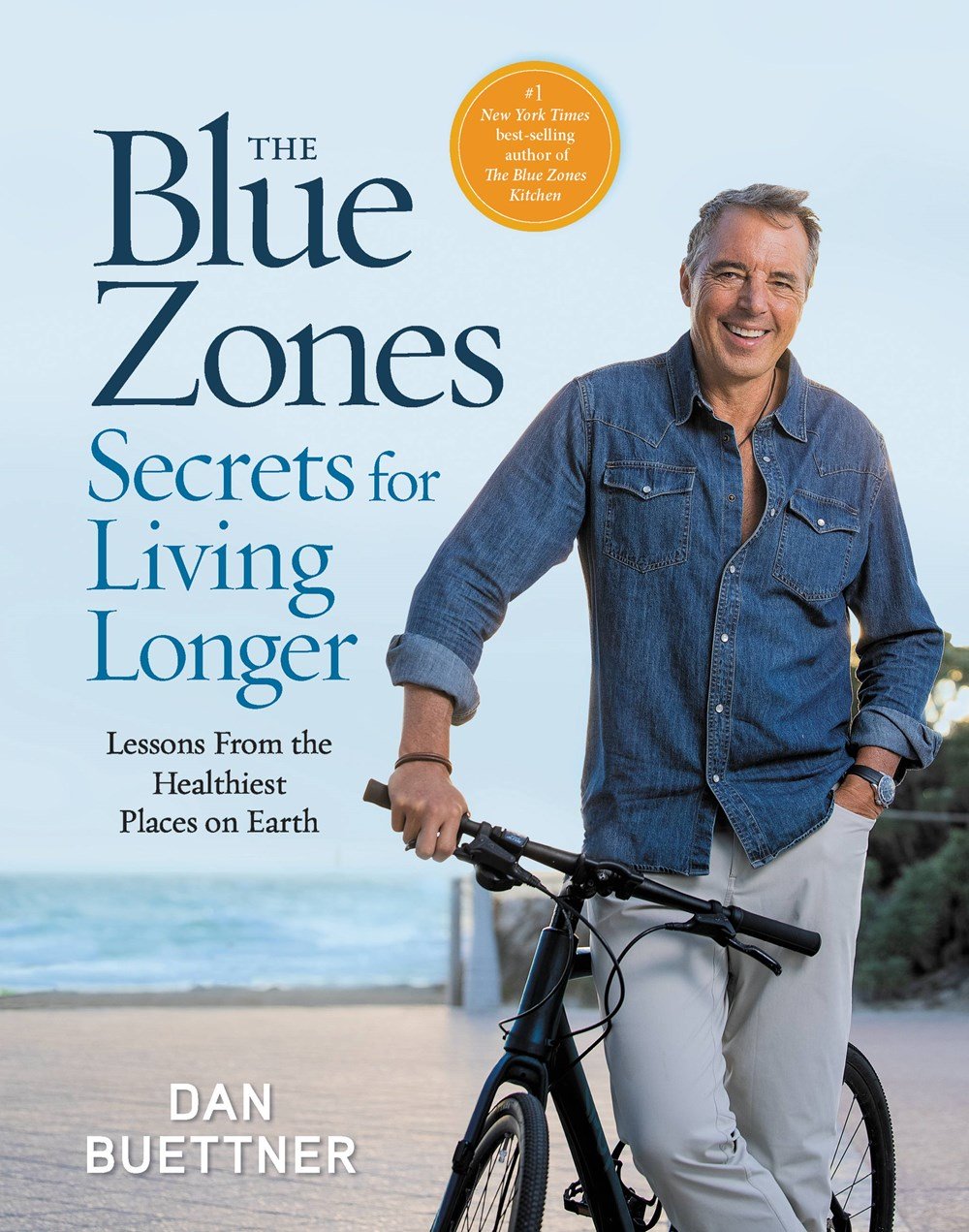They say that your greatest strength also tends to be your greatest weakness—and if our greatest collective strength nowadays is information and connectedness, the corresponding weakness is overload and mass confusion.
As Neil Postman pointed out in the foreword of Amusing Ourselves to Death, books like Orwell’s 1984 made us afraid of those who would deprive and control information—but we’ve actually fallen into the opposite problem presented in Huxley’s Brave New World, which is information overload.
When we’re bombarded with nonstop information, we’re reduced to passivity and egoism. We give up trying to learn and understand new things; we develop a pronounced distaste for complexity; we ultimately believe what we want to believe, and we change our ways only at proverbial knifepoint. The truth is still out there, but it’s awash in a sea of irrelevance.
This is a major problem for all kinds of reasons, not least of which is public health.
If the general public doesn’t have a good understanding of (say) nutrition and they’re overwhelmed the moment they try to learn more, they’ll leave the question aside and continue to eat on autopilot. Hence, American health problems.
Part of the solution is to be selective about where you get your information, and I do appreciate that you’re including me in that circle. A lot of the public’s confusion about health and wellness stems from bad information, from people who play fast and loose with the truth (or the science), and you’ll find none of that here.
But even with good, clear, trustworthy information on health and wellness, there’s still a LOT of opportunity for confusion. A lot of the advice we read can seem counter-intuitive, paradoxical, strange, unclear, or even ass-backwards—even when it’s 100% honest and true.
Let me be clear: I want to share good information with you as clearly as I can. If I can help it, I usually prefer NOT to give health advice in the form of riddles and analogies, even when nature presents them that way on a silver platter.
Today, I’m taking a different approach and actually resolving two paradoxes of health, rather than pretending they’re not there and talking around them. Both of these are key to understanding how you really could live to 100:
- The same dietary instincts that helped us to survive for eons are now among the deadliest killers in the developed world. I think of this as Darwin’s dietary paradox.
- The surest way to add years to your life is to add life to your years. The people who live to 100 aren’t trying to live t0 100 (per se).
So let’s explain how these work!

Over the past several editions, I’ve started chipping away at an important question:
What’s the real difference between complex and simple (a.k.a. refined or processed) carbohydrates, and—perhaps more importantly—how can the latter be so much worse for us?
There are a bunch of interconnected answers; the body and nutrition are more complex than I make them sound. At the same time, we can begin to understand that complex system (even in layman’s terms) by examining its parts one at a time, so that’s what I’ve been doing.
To summarize previous entries:
- Both kinds of carbohydrates provide our bodies with the burnable energy they need, but simple and complex carbs burn in different ways—the latter like firewood, the former like newspaper. Our bodies are “tuned” for complex carbs because they’ve always been plentiful in nature, whereas refined carbs are only a few hundred years old (and eating too many of them makes a mess for our body’s systems, much like trying to build a campfire with too much newspaper).
- Human beings have a “sweet tooth” because sugar is one of those fun substances (along with nicotine, caffeine, heroin, and other drugs) which can cross the blood-brain barrier—meaning that sugar can interact directly with the brain, without being broken down or filtered by the rest of the body. Refined sugars in particular interfere with the brain’s reward system by releasing extra dopamine, which is instantly rewarding and reinforcing. In short: refined sugar has a unique ability to get in our heads, both literally and figuratively, and to reward itself for being there (which distorts our behavior).
Picking up there…
Granting that vices, crutches, and addictions aren’t good things, we can probably agree that there’s a wide spectrum. Some substances (like caffeine) are relatively harmless while others (like heroin) are nightmarish, and sugar is somewhere in the vast middle.
So today’s real question(s):
- How do refined carbs’ direct interaction with the brain threaten our health and longevity?
- How does the brain’s natural “exchange” of dopamine for sugar create long-term health problems for us?
The answer is a combination of evolutionary history and simple math.
We’ll start with the short version of the answer: refined carbs are the lethal combination of (A) highly energy-dense, often to a degree not found in nature, and (B) addictive because they’re energy-dense. This creates a positive feedback loop where we’re able to consume a lot of energy quickly, and our enjoyment of it means we consume even more—and this can easily create a runaway-train effect where we consume well beyond our bodies’ energy needs.
Again, nutrition and the human body are considerably more complicated than the caloric math of What You Needed vs. What You Consumed. Still, the number of calories you consume (relative to your needs) is a decent benchmark for nutrition—and when you’re consistently consuming (far) more than you need, it’s bound to add up to health problems which are by no means limited to being overweight.
Instead of giving a longer version of the answer, I’ll answer three important questions lurking in the background:
Why do our brains release dopamine when we feed them sugars?
It’s positive reinforcement; your brain is basically thanking you for keeping it alive. In general, the brain’s reward system is there to encourage survival behaviors—to make them feel viscerally good so that we have an immediate intrinsic incentive to keep doing them.
It’s worth clarifying, at this point, that the brain doesn’t just release dopamine when given refined sugars; it releases dopamine for ANY sugars, even the natural sugars found in complex carbohydrates like wheat (though the wheat has to be broken down before it yields the sugars that can pass through to the brain, and this is a gradual process).
Why do junk foods appeal so strongly to the brain?
Basically, because they’re energy-dense. At an instinctive level, the brain knows that more energy is better, because it equates to longer survival (especially because we have a fat-storage system which can save it for later). So it rewards us with dopamine accordingly.
This mechanism of action isn’t a problem unto itself; sugar doesn’t have to “sneak” through the blood-brain barrier because the brain knows that it needs it. This mechanism does become a problem, however, upon the introduction of refined carbs—because (A) nature has never produced anything nearly so energy-dense and (B) the brain releases dopamine in proportion to energy density, which means sugary foods are far more rewarding to our brains and have a lot more potential to get us hooked.
They even taunt us with slogans like betcha can’t eat just one!
How are these survival instincts working against us nowadays? What changed?
In the broadest possible strokes, starvation and malnutrition are no longer the threats they once were. Even after the invention of agriculture, the threat of starving to death was very real for a lot of people (and it’s not completely extinguished even today). So we have a variety of tools and strategies to help us avoid this, and we can’t help but use them.
We have our appetites for the same general reason we have our appendixes: they’re old-fashioned survival apparatuses. But what got us here won’t get us there—and our appetite, like our appendix, is more likely to kill us nowadays than to help us survive.

If I’m being honest, most people seem more interested in adding years to their lives than adding life to their years. And I don’t entirely blame them; there’s something more concrete about numbers, especially when it’s obvious that we’re talking about time, the most precious resource in life.
I’ve spoken about the blue zones on stages around the world, and I always try to give a holistic picture. Whether I’m talking about the people’s happiness or their incredible longevity, I try to explain that it’s a variety of factors all working together.
But if someone is focused only on the “adding years to life” part, and not vice versa, there’s a certain extent to which any advice I give them will be hollow—not because it won’t increase their chances of living longer, but because a LOT of different systems have to continue functioning to live to 100, and some of those systems are beyond the reach of diet and exercise and even medicine.
Our mental sharpness and our sense of spiritual vigor also play a big role in our longevity. Consider, for example, that two of the most fatal periods in a typical person’s life are the periods immediately following (A) retirement and (B) the death of a long-term spouse. Neither of those events affects the body directly, but they affect the mind and spirit enough to push people over the precipice into death.
If you meet centenarians (and I’ve met many), you’ll probably be surprised by their joie de vivre and spunk and chutzpah… and whatever term you prefer, I would strongly suggest to you that it plays a big role in them making it to 100 in the first place. You can’t live a century unless you have the heart for it, both literally and figuratively.
This brings me to the second of today’s health paradoxes:
The best way to add years to your life is to add life to your years.
It stupefies people when I say that the people who live to 100 years old don’t set out trying to live to 100 years old, per se. They just… do. They live to 100 because they can—because their bodies and minds and spirits are all still functioning—and just as important, because they want to. (Also, of course, because the hands of Fate didn’t intervene sooner.)
These ideas can be a little frustrating at first; they seem like either riddles or cruel ironies. We’re used to being rewarded for earnest efforts, and it might feel like a slap in the face to be told: “Never mind your efforts. You’ll have to find some other, magical way to live to 100 where you get there by accident.”
It’s a bit counterintuitive, I’ll admit—and again, it’s frustrating to be told that you can hit the target, but never on purpose. It can be hard to reconcile the science of longevity (direct quantitative conclusions) with the idea that you have to pursue longevity indirectly and qualitatively.
Clearly, too, people who live to 100 had to do something right to get there. In other words, they had to try at something to live to 100; they might have arrived there by coincidence, but not by sheer dumb luck.
I think I can show you the mental through-line that makes all of this make sense. It’s an idea I call the Karate Paradox, and once this paradox starts to make sense, the paradoxes above will make sense as well.
So here goes…
A karate master can break a stiff board with a straight punch because they’re not really aiming for the board.
Again, that might sound ridiculous at first. Of course they’re aiming for the board, you think. Wouldn’t they miss if they aimed anywhere else?
But leaving aside all of the nuances of karate (which I don’t know), part of the trick is the way you focus and direct your attention. You don’t direct your focus to the obvious spot, namely the surface of the board. You aim all the way through the board, to an imaginary spot roughly six inches behind it.
In simple terms, this mental follow-through matters because it allows the karate master to apply the full force of their punch to the board. The more force you can apply with proper technique, the faster the board snaps and the less Newton’s Third Law is able to punch you back.
You don’t need much raw power to break a board; with understanding and proper technique, even the youngest of karate students can learn to do it without hurting themselves. But at the same time, even the brawniest of novices can send themselves to the ER without that understanding, because it really does affect the math of the physics involved.
This same principle applies to goals, including and especially longevity. You can’t apply your full (potential) force towards a goal unless you’re actually aiming for something beyond that goal.
It’s important to realize that health, wellness, and even longevity are means to an end, not ends in themselves. In other words, health and wellness and longevity are only good things insofar as they help us to reach other, bigger good things—justice, happiness, peace, prosperity, family, and so on. Health, wellness, and even longevity probably shouldn’t be the Ultimate Goal because you can’t enjoy them by themselves, and because they become irrelevant the moment you die.
For today’s purposes, I would suggest that there are two kinds of healthy people: those who try at being healthy, and those who try at living well. Make no mistake, the former group is getting some stuff right, and they’re certainly not hurting their longevity by eating right and hitting the gym. But if you’ve ever spent time in a gym, you’ve probably been able to sense what some of them are missing.
A lot of gym-goers are punching the surface of the proverbial board, and they don’t understand why their knuckles are always bloody. It’s not because they lack strength (they go to the gym, after all), but because they’re punching at the surface and not at the magical spot six inches behind it. They’re showing up and checking the boxes and probably doing themselves some good, but very few of them look like they’re enjoying the time (because gyms aren’t fun).
The main distinction here is, in a word, priorities. When people have goals and a sense of purpose which is larger than themselves, the mind is calm and rested, and a lot of priorities sort themselves out naturally. The best reasons for living are the reasons that outlive you, and this is because they allow us to have a consistent sense of purpose throughout our lives, no matter how long we live.

The Blue Zones American Kitchen is available now! If you haven’t ordered your copy yet, you can do so from any retailer where books are sold. Each week, we’re celebrating some of the incredible chefs who have shared their brilliance with us in this lost American Diet of Longevity.
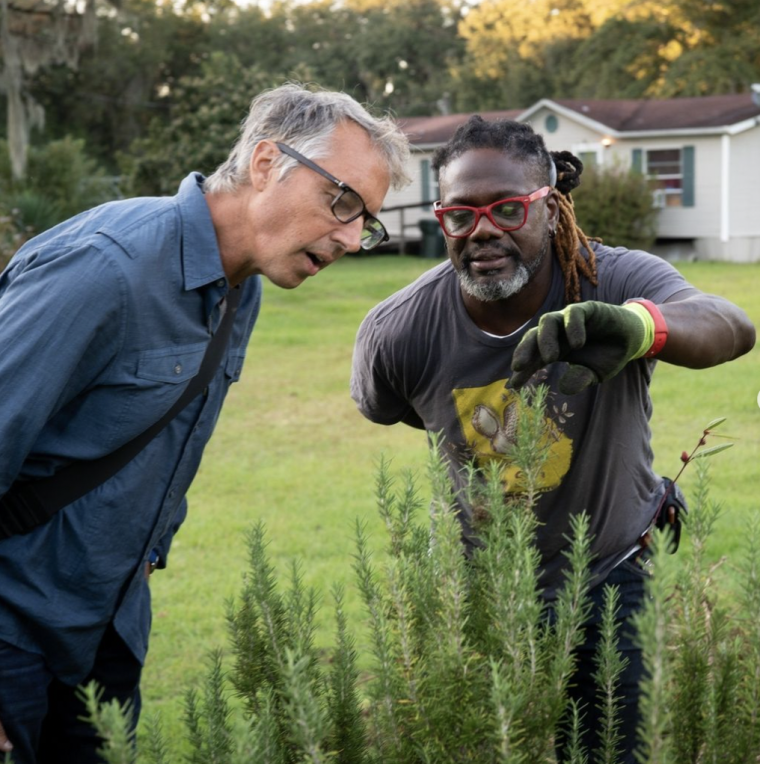
Matthew Raiford is the James Beard Award-nominated chef behind Gilliard Farms, just west of Brunswick, GA. He is also certified as an ecological horticulturalist by the Center for Agroecology at the University of California, Santa Cruz.
Gilliard Farm was first purchased by his great-great-grandfather more than 150 years ago… and today, Matthew honors his Gullah Geechee roots by tending the farm and creating authentic farm-to-fork experiences.
In 2015, he and his partners also opened the Farmer and the Larder to help jump-start the revival of Brunswick’s historic downtown.
He shared his recipes for Spiced Black Beans with Rice & Coconut and Spiced Chickpeas with me in The Blue Zones American Kitchen.

Brown Rice Pudding with Nuts and Cardamom

Ingredients
3 cups unsweetened, unflavored, plant-based milk, such as almond, soy, cashew, or rice
1 cup uncooked brown rice
1⁄4 cup chopped dates
1⁄4 cup pure cane sugar or pure maple syrup
1 1⁄2 cup room-temperature water plus 1⁄4 cup hot water
2 pinches of saffron, plus additional for garnish
1 tablespoon raisins
1 tablespoon toasted slivered or sliced almonds, plus additional for garnish
1 tablespoon chopped roasted pistachios, plus additional for garnish
1 teaspoon ground cardamom
The Method
In a large saucepan, combine the milk, rice, dates, sugar, and 1 cup of the room-temperature water over medium-high heat. Bring to a boil and then reduce the heat to low. Simmer uncovered, stirring frequently, for about 45 minutes, or until the rice is completely cooked; there should still be plenty of liquid in the pot.
Meanwhile, in a small bowl, combine the saffron and the 1⁄4 cup of hot water. Let stand for 10 to 15 minutes.
Add the saffron with its soaking liquid, the raisins, almonds, pista- chios, cardamom, and the remain- ing 1⁄2 cup of room-temperature water to the pot with the cooked rice. Cook for 10 to 20 minutes more, stirring occasionally, until the rice is creamy.
Serve hot, garnished with a few threads of saffron, sliced almonds, and chopped pistachios.
